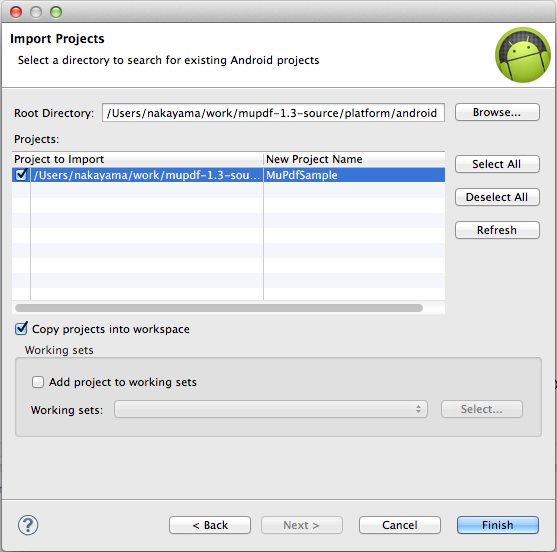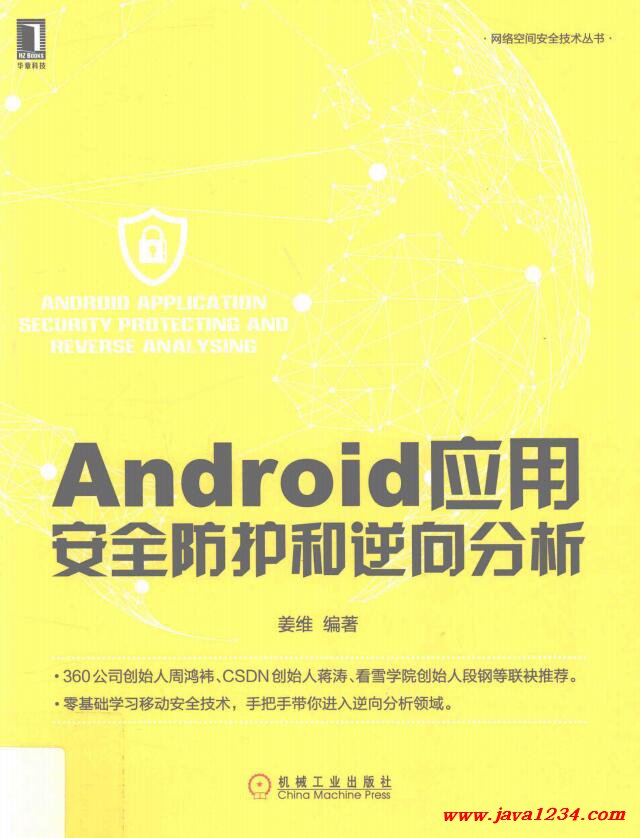

- #Android ndk pdf how to
- #Android ndk pdf apk
- #Android ndk pdf install
- #Android ndk pdf full
- #Android ndk pdf android
Let’s build and run the project on an emulator or export an APK to test on a device.
#Android ndk pdf android
For a more detailed discussion on the JNI, read the JNI articles from the Android Developer website.
#Android ndk pdf full
Native code is governed by the same sandbox and security rules as Java code so the app will not have full unrestricted access to hardware. The C/C++ code is able to call Java code, including the standard Android libraries, and the Java code is able to call native functions defined in C/C++ code. Inside the project is a folder named jni which will hold all the native C or C++ source code of the app. The NDK is part of the Android framework while the JNI is available to any Java application, not just Android apps. The JNI and the NDK work together to bring native support to Android apps. Why is it called HelloJNI and not HelloNDK? What is ‘JNI’ and how does it differ from the ‘NDK’? The ‘Java Native Interface’ is a framework that enables Java applications to interact with native code. You might have noticed what appears to be a discrepancy in the project’s name. Click Next to edit the app name and project location, then click Finish.Īfter the code has loaded and Gradle has synced, let’s take a look at the resulting project structure. Choose Hello JNI from the filtered list under the Ndk category. Select Import an Android code sample and type hello in the search box to filter the list. This collection of samples has better compatibility with the latest version of Android Studio. These NDK samples from GitHub can also be downloaded or cloned directly. Instead we’ll import samples that work from the welcome screen.

The NDK package folder contains samples but they don’t seem to work out of the box in Android Studio without extra configuration.

Let’s run a test project to see if the NDK installation works. You can put the extracted package anywhere you want, but remember this location as you will need it later. Download the appropriate NDK package for your platform and follow the installation instructions. This saves some time because of the smaller download size (<.5 GB) but will need some setting up. The second way is to download the NDK manually from the NDK Downloads page. This is a large download (~1GB) so be sure to have a good internet connection and/or patience. The first and easiest is the automatic installation option in the SDK Tools tab.

#Android ndk pdf install
NDK PackageĪndroid Studio only includes the default tools and SDK, so download and install the NDK package separately. If you don’t have it already, download Android Studio, the official IDE from Google. You should never base your decision on your preferred language even if you are an expert in C or C++. Make sure to balance the pros and cons of using the NDK before deciding if it’s worth the extra complexity. This means you can leverage a large collection of native code libraries available online. Another good use case is reusing existing libraries written in C/C++. This includes computationally intensive apps like games, game engines, signal processing and physics simulations. The previous statements may sound discouraging but there are good use cases for the NDK. What the NDK guarantees is an increase in app complexity and connectivity from interfacing with native code. Using the NDK is generally not recommended because apps may experience a performance hit, suffer from compatibility issues, be harder to debug, and reduce flexibility. If you want to leverage your C++ skills in mobile development and add performance to your Android applications, then this is the book for you.The NDK is a toolset that enables the development of Android apps using C, C++ and other native code languages, compiling code into applications that can run on Android devices.
#Android ndk pdf how to
You will learn how to write portable multithreaded C++ code, use HTTP networking, play audio files, use OpenGL ES, to render high-quality text, and how to recognize user gestures on multi-touch devices. It presents Android application development in C++ and shows you how to create a complete gaming application. This book will take you through a number of easy-to-follow recipes that will help you to take advantage of the Android NDK as well as some popular C++ libraries. This book will also provide you with new ways of working as well as some useful tips and tricks that will demonstrably increase your development speed and efficiency. This book provides you with a number of clear step-by-step recipes which will help you to start developing mobile games with Android NDK and boost your productivity debugging them on your computer. If your wish to build Android games using this amazing framework, then this book is a must-have. Android NDK is also the key for portability, which in turn provides a reasonably comfortable development and debugging process using familiar tools such as GCC and Clang toolchains. Android NDK is used for multimedia applications which require direct access to a system’s resources.


 0 kommentar(er)
0 kommentar(er)
